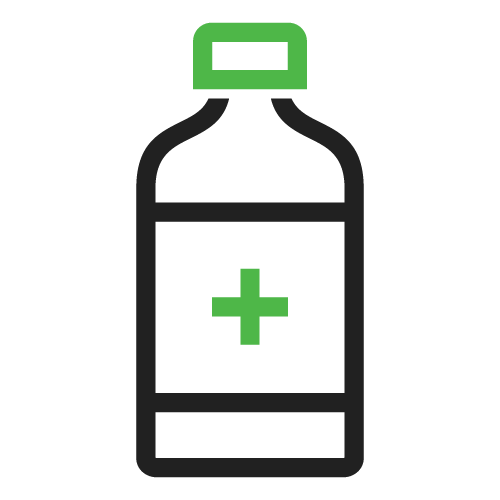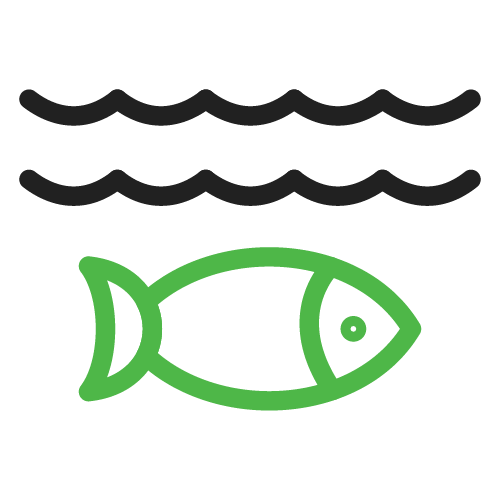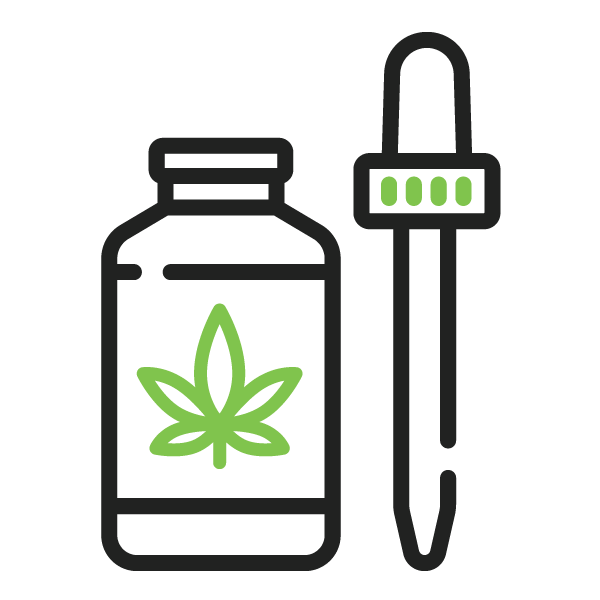Astaxanthin
Astaxanthin is Nature’s Strongest Antioxidant

Health supplement in the nutraceutical market

Nature’s most potent antioxidant. Scientists have linked it to delayed aging, dementia prevention, and an enhanced immune system

Aquaculture feed additive, as Astaxanthin is critical for salmon, trout and shrimp

Natural preservative for CBD oils – it inhibits lipid peroxidation, thus extending shelf life and adding it’s own health benefits to the blend
The Astaxanthin Market

Market Size
$927 million USD

Annual Growth Rate
20%

Price Per Tonne
– $1,200 to $1,500 USD per kg wholesale of 10% Astaxanthin oil in nutraceutical market. This equates to a conservative estimate of $150,000+ per tonne of algae grown.
– $50,000 per tonne in the aquaculture market.

Regulatory
Astaxanthin has been commercially available for 20+ years. Facilities abide by local food safety and health regulations.
Visit our blog to learn more about Astaxanthin
Pond & Astaxanthin

-
Astaxanthin is extracted from Haematococcus
pluvialis , a strain of algae that naturally grows in freshwater & marine environments. Astaxanthin content is usually around 3% to 5%. -
A growing body of research is uncovering more health benefits of Astaxanthin, while other algae-based supplements like Spirulina are commonly recognized amongst health-conscious consumers. These forces are driving the significant growth in the nutraceuticals vertical.
-
Salmon and shrimp feed off it to get their signature pink
colour , would have nearly white meat if not for synthetic dyes. Demand for natural Astaxanthin in this vertical is high but cost-prohibitive with legacy technology. -
Pond’s design for its first commercial plant in Markham has an annual capacity of 66 tonnes of Haematococcus algae.
-
Learn more about Astaxanthin in our blog or in this detailed and easy-to-understand summary of scientific studies investigating the superfood’s health benefits.
